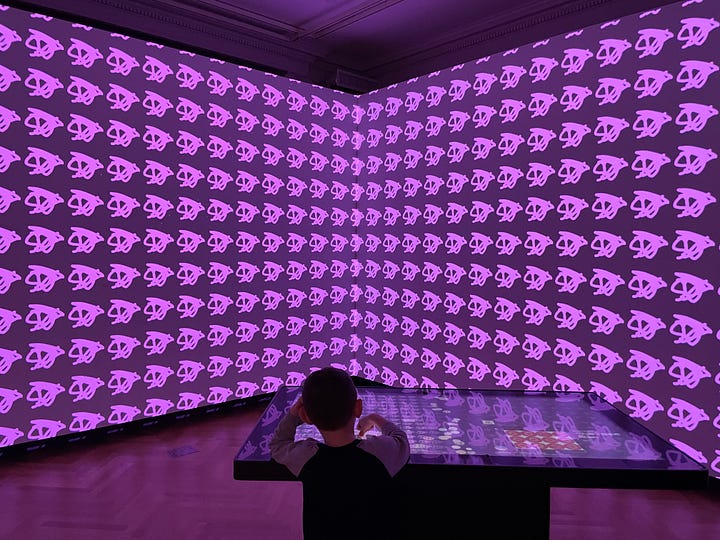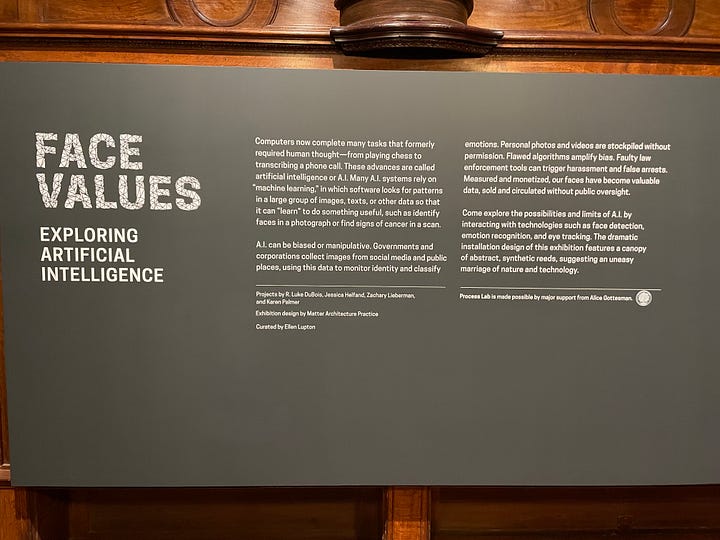Reframe
What’s happening in the digital world is not always reflective of what’s happening in the real world.
I can’t tell you how many times I’ve googled for information on prospective clients and received different search results for basic information such as who their competitors are.
Even salary for specific jobs doesn’t align in many cases. Take a look:
For my clients, the levels.fyi data is closer to reality than payscale.
Keeping this in mind, how do you prepare for your interviews?
You’ve likely heard “Research the company” and nodded along in agreement.
Sounds reasonable on the surface, until you dig further.
What does this actually mean?
All the articles & tweets on this topic suggest versions of googling basic information so you feel informed.
It never really tells you what to look for & why.
Stop.
You’re wasting valuable time you could be using to polish your presentation.
Don’t go down a digital rabbit hole.
Cut through all the noise to understand how the company makes money.
Here’s the framework I use before signing new clients:
How does the company make money?
Find this information on their website in products & services.
How does the job you're interviewing for fit into the business?
What’s the overall market for business like in that industry?
Understanding how the company makes money is key to you making money too.
Do you know anyone who works there now or in the past?
Offer to buy a coffee and chat about their experience. Find out what is good, what can be improved, and what the person is looking forward to most at the company. If the person worked there in the past, ask about the real reason they left and what they’d like to see changed.
Search for common connections at the company on LinkedIn. In the search bar, click boxes for the current company, location, and 1st or 2nd degree connections. The results will show you who you know directly and who they know directly.
If it’s a publicly traded company, what do they see as risk factors to their business?
(They are legally required to report this publicly in their 10-K report. Search for large companies in the SEC database here. There’s a special section titleds “risk factors.”)
How does the manager talk about the challenges they are facing? Do they align with this report? You’ll get a glimpse for how information flows through the company this way.
If it’s a private company, ask about how they are handling known risk factors indicated by a publicly traded company in the same industry.
Where do people go after they leave this company?
Would you want to work at any of those places too?
You can find this out with a search function on LinkedIn.
Armed with a clear view on what actual people say about their experience, how the company makes money, what anticipated business risks are, & what companies people get jobs at afterwards you’re better prepared to ask specific questions about their growth plans and answer questions on why you’re looking to leave your current job.
Go from good answers to great answers, like this:
Good: “I’m looking for an opportunity to broaden my industry experience.”
Great: “I’ve heard this team is looking forward to <insert thing here> and read the market in <insert industry here> is projected to grow <insert growth % here.> I wanted to find out more.”
Imagine hearing this fresh take as a manager after a string of people all saying, “I’m looking for a growth opportunity.”
If you want help with any of this, I’m here.
NYC
Design is an underrated element. We end up just using things or moving through spaces without thinking about why they were designed in a particular way in the first place. There’s a museum to explore those thoughts, Cooper Hewitt.
Living in New York City, there’s always a place you can pop into for an hour to learn something new or explore different ways of thinking. The Cooper Hewitt, Smithsonian Design Museum resides in Andrew Carnegie’s stunning former 64 room mansion on 5th Avenue across the street from Central Park. It’s the only museum in the United States devoted exclusively to historical and contemporary design. The intricately sculpted wood and marble fireplaces throughout transport you to another time.
Pro tip: During the summer, the gated lawn & garden area are open to the public. No museum admission required. One of the best kept secrets for locals. Promise not to tell?
2 exhibits on view now stood out.
The Immersion Room merged the digital & real world beautifully. You can draw a design on screen and see how it looks in real-time as wallpaper. And get into a designer’s frame of mind. I find it useful to try different filters for seeing things. Uncovering new insights along the way.


The second stand out, Face Values, explores AI and how our faces and emotions are measured.
Interactive screens show you the different ways AI measures faces & emotion.
The Expression Portrait directions prompted me to push a red button & make a surprised face for 30 seconds while AI scanned my face. It got my gender and race right but identified me as 15-20 years old. I’ll take it!
Kiddo enjoyed playing with the Expression Mirror which put other museum visitor’s faces on his face.




Here’s the museum's write up on the exhibit:
“This high-tech, provocative response investigates the human face as a living data source used by governments and businesses to track, measure, and monetize emotions. Using their own faces to control cameras and software, viewers experience the power and limitations of emotion recognition technologies through playful interactions that encourage awareness of these often hidden tools. Face Values speaks to the growing fascination around facial detection technology, particularly in the U.S., where major companies continue to experiment and push boundaries.”
Reserve tickets here.
Running
Central Park is less crowded for morning runs after the marathon last week.
It’s easy to enjoy the run when the temperature is in the 60s and you can feel the energy for the marathon in the air. You have to dig deep to move when everything in you says, “I really don’t feel like it.”
Weather happens. If it’s cold, rainy or generally miserable you still have to run when training for a marathon. You don’t know what race day will bring.
This year’s New York City marathon was the hottest on record. When you’re running in hot weather, you’re expending more energy and should expect to see times 1 min off your average time. I first learned this at the start of a Star Wars half marathon at Disney World in Florida. We started at 5:30am to take advantage of the cooler temperature. The emcee pumping up the crowd during our wait to start the race told us what to expect pace wise and it stuck with me. If you’re running for a specific time, hot weather is not the time to do it.
My personal favorite temperature is 59 degrees F.
What keeps me motivated when the weather turns cold or rainy?
I visualize myself in a bikini with tight abs.
Seriously.
The key piece of ChiRunning is feeling your lower abs do most of the work while everything else relaxes. I’m not pounding pavement or pumping my arms with a scrunched up face staring at the ground, looking miserable. I’m keeping my core strong, focusing on exhaling, looking for a focus point ahead, with a relaxed smile.
Thinking about laying on the beach with that same smile.
Will be writing from a location outside of NYC for next week.
Let’s all keep moving.
See you then!
Jen
If there is anything you’d like covered or have questions on, please let me know in the comments. That’s what I’m here for.




